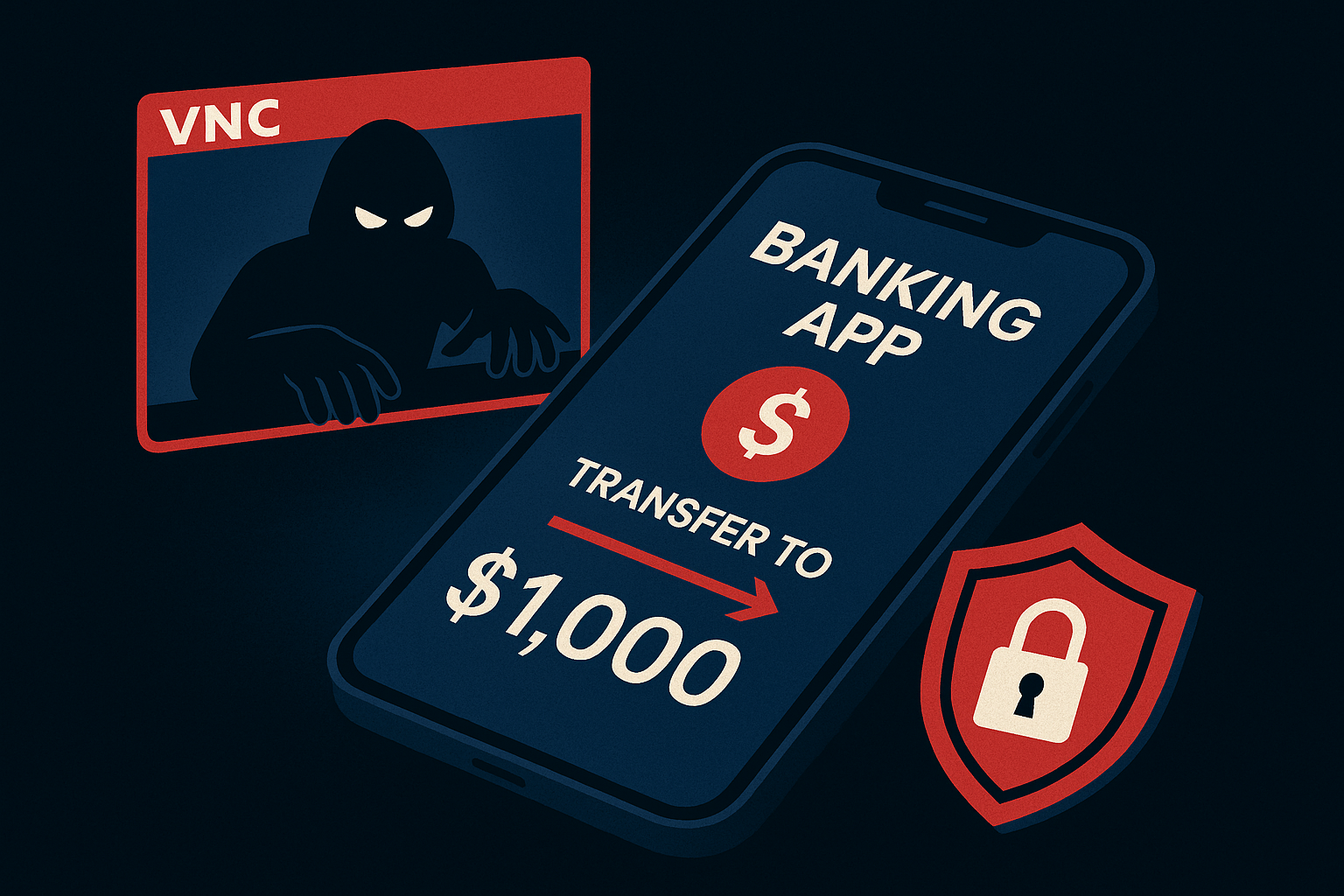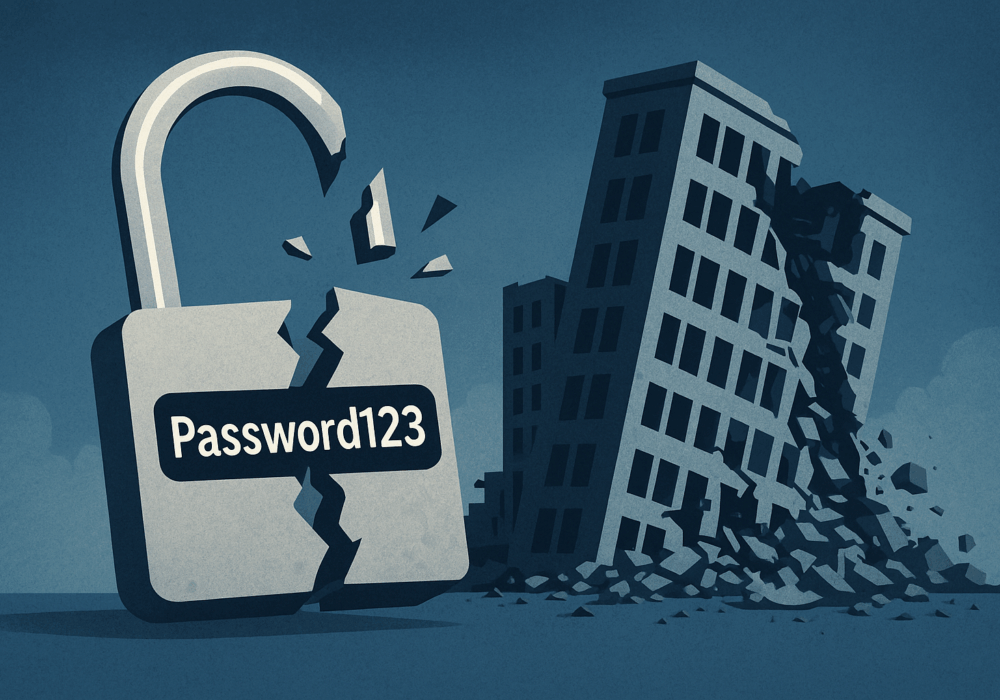Time-To-Live (TTL) is a value for the period of time that a packet, or data, should exist on a computer or network before being discarded. TTL is a value in an Internet Protocol (IP) packet that tells a network router when the packet has been in the network too long and should be removed. TTL is deployed as a counter or timestamp ingrained in each packet. When the predefined timespan or event count expires, the packet is either discarded or revalidated.
In networking, TTL prevents data packets from moving across the network indefinitely. In applications, TTL manages data caching and increases performance. TTL is also used in other contexts, such as Content Delivery Network (CDN) caching and Domain Name System (DNS) caching.
Administrators can set TTL to any value between 1 and 255. Although, different Operating Systems (OS) support setting different defaults. When a packet is by a router, the router subtracts 1 from the TTL count. Then, the packet travels to the next destination on the network. When the TTL count is 0, after the final subtraction, the packet is discarded by the router. This triggers an Internet Control Message Protocol (ICMP) message that’s sent back to the original host.
The vast majority of employees don’t need to know about TTL, as it’s likely irrelevant to their job description. The only people that should know about TTL are the IT professionals that work with your company’s network and can have insight into these values. TTL can be used by your IT staff in applications to help manage data caching and increase network performance, which may be something that is needed in your organization. But for the majority of SMB and MSP employees, TTLs aren’t going to be something that is dealt with often. With that said, there are some things your organization can do to ensure that it’s doing at least the minimum essential actions to improve its cybersecurity posture; continue reading to learn what those are.
The following recommendations will help you and your business stay secure with the various threats you may face on a day-to-day basis. All of the suggestions listed below can be gained by hiring CyberHoot’s vCISO Program development services.
Each of these recommendations, except cyber-insurance, is built into CyberHoot’s product and virtual Chief Information Security Officer services. With CyberHoot you can govern, train, assess, and test your employees. Visit CyberHoot.com and sign up for our services today. At the very least continue to learn by enrolling in our monthly Cybersecurity newsletters to stay on top of current cybersecurity updates.
Sources:
Related Terms:
CyberHoot does have some other resources available for your use. Below are links to all of our resources, feel free to check them out whenever you like:
Note: If you’d like to subscribe to our newsletter, visit any link above (besides infographics) and enter your email address on the right-hand side of the page, and click ‘Send Me Newsletters’.
Discover and share the latest cybersecurity trends, tips and best practices – alongside new threats to watch out for.

The rapid rise of generative AI has unlocked enormous promise, but it’s also accelerating the arms race in...
Read more
Newly discovered Android banking Remote Access Trojan (RAT), dubbed Klopatra, has compromised more than 3,000...
Read more
In June 2025, KNP Logistics Group, a transport company in the UK with 500 trucks and nearly two centuries of...
Read moreGet sharper eyes on human risks, with the positive approach that beats traditional phish testing.
